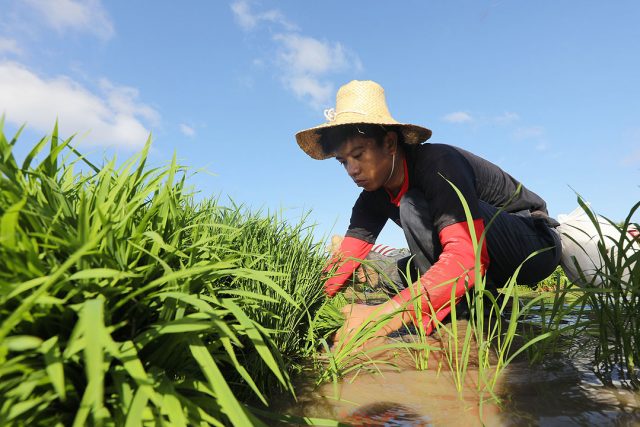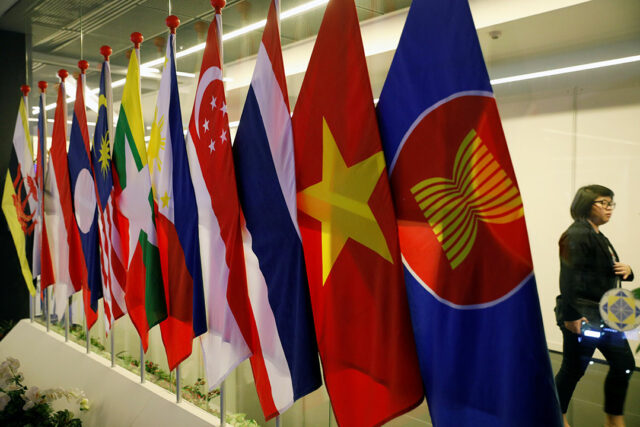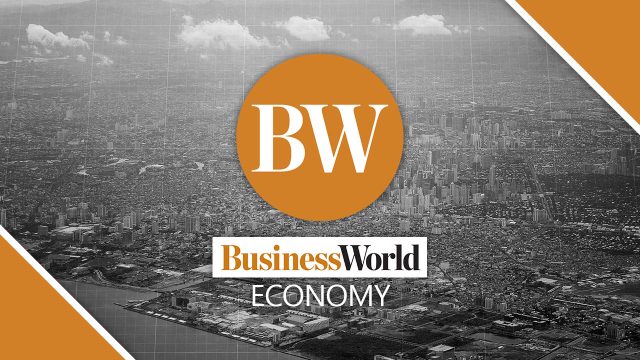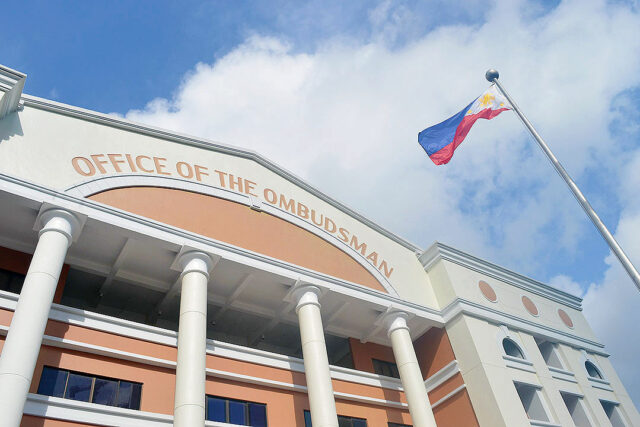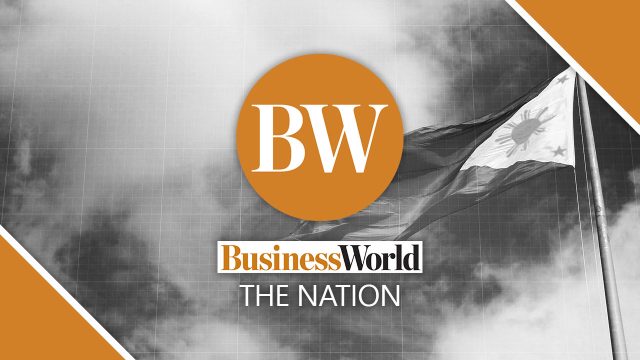IN BRIEF:
• Research indicates that 59% of young adults believe they should work for two to five organizations throughout their careers, while 19% feel they should work for six or more. Changing jobs is no longer seen as a negative but as a necessary step for career advancement.
• Today’s youth desire employers who share their values and respect their personal time, reflecting a broader desire for careers that support stable lives.
• Financial security is seen as a means to fulfilling life rather than an ultimate objective, prompting organizations to realign their strategies with the evolving values of young adults.
Today’s young adults are not just adapting; they are reimagining adulthood. A new EY global study, The First Global Generation reveals that 18-to-34-year-olds across 10 countries prioritize financial independence on their own terms. They embrace responsibility while rejecting outdated standards, redefining success as a holistic pursuit beyond just financial metrics.
As a result, executives must reevaluate long-held assumptions about their organizations. Here are five insights from the study for organizations to consider in preparing for the next generation of consumers, employees, and citizens.
THE FIRST TRULY GLOBAL GENERATION: CONNECTED, INFORMED, CULTURALLY ADAPTABLE
Unlike earlier generations, the youth today have been exposed to global culture and crises in real time, fostering unprecedented interconnection while still maintaining unique regional identities. Although not everyone engages with the same content, there is a shared tendency to seek answers on common social platforms.
Technology serves as a foundation for these shared global experiences, providing young people with a common digital language and experience that bridges cultural gaps. The widespread use of social media has intensified this effect, with 94% of young adults engaging with these platforms daily. However, this environment is not without its drawbacks; 44% of respondents globally expressed a desire to reduce their social media usage, particularly in countries like Brazil, Germany, and Sweden.
A report by Sven Group highlights that social media is the preferred source of entertainment, education, news, and social connection for Generation Z (born 1995-2012). YouTube, TikTok, and Instagram are their top platforms.
Understanding how technology influences today’s youth is essential for business leaders shaping the future. This insight will guide organizations in evolving their product and service strategies to cater to both global trends and local preferences.
PAST MILESTONES ARE IRRELEVANT
In 1935, when the Social Security Act was signed into law in the US, the official retirement age was 65, while the average life expectancy was just 60.7 years. Today, life expectancy is around 80.1 years. The Act was designed to support individuals who were largely expected to pass away before needing it. Similarly, in China, life expectancy has risen from 33 in 1960 to 79 today. The timelines of the past — how long we live, when we should stop working, and how we should approach retirement — have shifted from decades past, along with our extended lifetimes.
Young adults today, often referred to as the “Pragmatic Generation,” approach traditional milestones with skepticism and a global perspective. Instead of committing to a single company for life, research indicates that 59% of young adults believe they should work for two to five organizations throughout their careers, while 19% feel they should work for six or more. In many cultures, changing jobs is no longer seen as a negative but as a necessary step for career advancement.
According to a study cited by multi-platform media and events company HRM Asia, Gen Z employees in the Philippines seek purpose and prosperity. They prioritize financial security, family support, and societal impact, reflecting a blend of pragmatism and purpose-driven goals. Millennials, the generation preceding Gen Z, tend to prioritize interesting work and collegial environments, while Gen Z employees place greater emphasis on securing their financial future.
The study also revealed the collectivist nature of Filipino culture, with many Gen Z employees expressing a strong sense of duty to their families and a desire to make a positive impact on society through their work.
This shift signifies more than just a generational change; it is reshaping the very foundations of life. As boundaries blur, organizations must adapt their products, services, and employee value propositions to meet consumers where they are.
Companies looking to attract and retain customers can implement sustainability initiatives, as exemplified by a clothing brand that uses eco-friendly materials and ethical labor practices while showcasing their positive impact through marketing campaigns. Social responsibility is demonstrated by a food company that partners with local farmers and donates a portion of profits to community programs, sharing stories of positive community changes. To attract and retain employees, a tech startup promotes work-life balance through flexible working hours and remote options, with employee testimonials highlighting this support.
HEALTH AND RELATIONSHIPS OVER FINANCIAL SUCCESS
Young adults are placing greater emphasis on their physical and mental well-being, as well as their family relationships, rather than solely focusing on wealth and career advancement. A significant 51% of young people globally consider their mental and physical health the most important measure of future success, followed closely by family relationships at 45%, surpassing wealth (42%) and occupation (41%). This trend challenges long-held societal beliefs that equate success with financial gain and material possessions.
The 2024 AXA Mind Health Report reveals alarming rates of mental distress among young Filipino employees, particularly 18-24-year-olds, who are disproportionately affected by severe anxiety, stress, and depression compared to older age groups. Beyond flexible work arrangements, such as remote work options, flexible hours, and generous vacation policies, 38% of those surveyed highlight the need for mental healthcare days, or any programs that encourage them to take breaks, disconnect from work during non-work hours, and prioritize their well-being.
While financial concerns remain, today’s youth seek more than just a paycheck. They desire employers who share their values (69%) and respect their personal time (61%). This reflects a broader desire for careers that support stable lives rather than careers that dominate their lives.
As young adults’ definitions of success evolve, organizations must adjust their consumer and employee value propositions to resonate with the deeper meanings these individuals seek in life.
MONEY AS A MEANS, NOT AN END
In times of economic uncertainty, the pursuit of wealth is undergoing a transformation. For younger generations, financial security is increasingly viewed as a foundation for a fulfilling life rather than the ultimate goal. A striking 87% of young adults globally consider economic independence very or extremely important, with over half of the surveyed countries (Brazil, Saudi Arabia, South Africa, India, and China) rating this importance above 90%. Sweden stands out with only 58%, likely due to its robust social systems.
Despite this emphasis on financial security, many young people face challenges in achieving economic independence due to broader economic instability and heightened financial anxiety. In the US, young adults often experience what some describe as the “unattainability complex.” Similarly, in countries like China, South Korea, and Japan, many young adults view homeownership in desirable cities as an elusive dream unless they inherit property.
YOUNG ADULTS SEEKING BALANCE
A complex interplay of hopefulness and doubt has emerged. The data indicate a notable dichotomy: while 31% of youth worldwide feel very or extremely excited about their future lives at 50, slightly more (34%) harbor significant fears about what lies ahead.
Optimism is often linked to opportunities and a desire to improve the world, while pessimism tends to correlate with distrust, apathy, and risk aversion. As we navigate this intricate landscape, the future is more than just a destination; it reflects our collective beliefs shaped by the interplay of opportunity, culture, and geography.
Organizations must consider how their products and services can foster opportunity, hopefulness, and stability in these uncertain times.
SHAPING THE FUTURE WITH CONFIDENCE
The first global generation is reimagining adulthood — and forcing businesses to reinvent themselves in the process. Shaping the future of an organization necessitates understanding the people driving it. As businesses navigate this transformative period in human history, the perspectives of younger generations provide valuable insights into societal shifts.
Organizations that dare to think differently and embrace the unknown will not only confront the future — but also create it.
This article is for general information only and is not a substitute for professional advice where the facts and circumstances warrant. The views and opinions expressed above are those of the author and do not necessarily represent the views of SGV & Co.
Rossana A. Fajardo is the consulting leader of SGV & Co.


